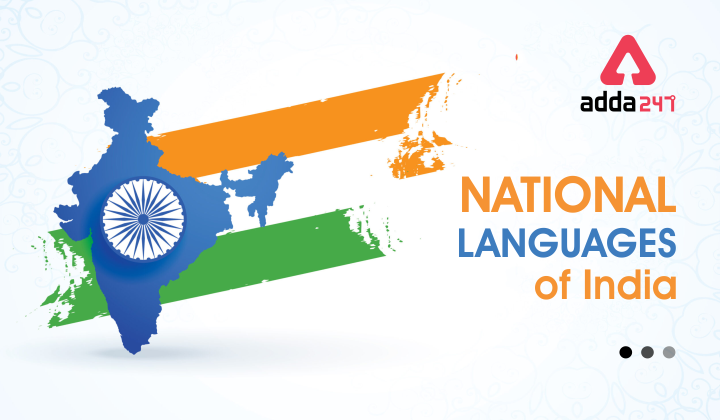India is a diverse country with 28 states and 8 union territories, each with its own unique languages and cultures. While there has been much discussion about the concept of a national language, India does not have a national language. Instead, it has a range of official and scheduled languages, each recognized and protected by the Indian Constitution.
Which is the National Language of India – English, Hindi or Urdu?
There is no national language of India as per the constitution, Hindi and English both are considered the official language of India. As per Article 343 of the Indian constitution the official language of the country shall be Hindi in Devanagari script. Initially, after the independence of India, 14 languages were included in the constitution of India.
National Language vs Official Language
A national language represents the identity of a country, while an official language is used for government communication. The Indian Constitution does not designate any language as the national language. Instead, it recognizes Hindi and English as the official languages of the Union for government purposes.
Official Language of India
In 1950, the Constitution declared Hindi (written in the Devanagari script) as the official language of India. At first, English was supposed to be used only for 15 years, until January 26, 1965. But people in non-Hindi speaking states, especially in South India, were worried about this change. So, the Parliament passed the Official Languages Act, 1963. This law allowed both Hindi and English to be used for official work even after 1965.
Official Language as Per Article 343
According to Article 343 (1) of the Constitution, the Parliament can decide where Hindi and English should be used. These include:
- Work in the Supreme Court
- Work in High Courts
- Work in tribunals or other government bodies
- Work in Parliament
Article 343 (1) also states that English should be used for:
- Communication between the Union Government and State Governments.
- Communication between the government and public servants
- Communication between public servants and people who are not Indian citizens.
- Letters between the President and Governors of states.
- Letters between the Vice-President and the Speaker of the Lok Sabha
- Letters between Ministers and Chief Ministers
The Constitution does not give special importance to any one language. The Parliament decides which languages should be used for official purposes.
Scheduled Languages of India
Hindi is the most spoken language in India, but it is not the national language. The Indian Constitution recognizes 22 languages under the Eighth Schedule. These languages are called “scheduled languages.”
According to Articles 344 (1) and 351, these languages were included in the Constitution to help in the development of Hindi and English. Later, the importance of these languages increased. The government now works to improve these languages so that they can be used for modern education and communication.
Also, people can choose any of these languages to answer questions in public service exams.
List of 22 Scheduled Languages
Here is the list of 22 scheduled languages of India:
- Assamese
- Bengali
- Bodo
- Dogri
- Gujarati
- Hindi
- Kannada
- Kashmiri
- Konkani
- Maithili
- Malayalam
- Manipuri
- Marathi
- Nepali
- Odia
- Punjabi
- Sanskrit
- Santali
- Sindhi
- Tamil
- Telugu
- Urdu
Important Amendments Related to Scheduled Languages of India
- 1950: 14 scheduled languages were initially included in the Constitution.
- 1967: Sindhi was added through the 21st Constitutional Amendment Act.
- 1992: Konkani, Manipuri, and Nepali were added by the 71st Constitutional Amendment Act.
- 2003: Bodo, Dogri, Maithili, and Santali were added by the 92nd Constitutional Amendment Act.
- 2011: The spelling of Oriya was officially changed to Odia through the 96th Constitutional Amendment Act.
Government’s Role in implementing National Language
The government has always reiterated that Hindi is the national language of India. in several events, government bodies have declared Hindi as the national language. In 2017, Vice President Venkaiah Naidu addressed Hindi as the national language in his speech at a public event. People are still confused about the national language and official language. The national language is a representation of the history and heritage of the country, it shows the citizens of the country know and speak the language of the majority. An official language is used for the official purposes of the state and Central government. In a country, there can be more than one official language but there’s only one national language.



 Haryana Assembly Passes Resolution to Co...
Haryana Assembly Passes Resolution to Co...
 Which Country is Known as the Land of Ch...
Which Country is Known as the Land of Ch...
 Operation Hawkeye: US and Jordan Strike ...
Operation Hawkeye: US and Jordan Strike ...







